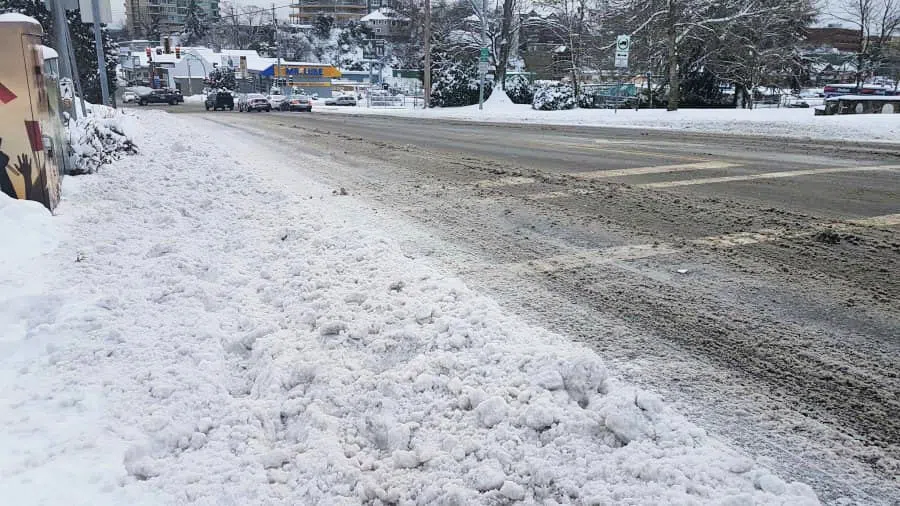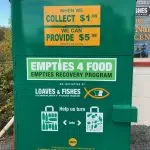
Op-ed: Nanaimo blizzard highlights divide between walking and driving
NANAIMO — “Snowmageddon.” “Snowpocalypse.” “A regular spring day if you’re from the Prairies.”
However you describe Nanaimo’s recent week-long wallop of winter I’ve come to realize a few things, from a transportation planning perspective, about how Nanaimo deals with snow.
On one hand, there’s no better time to be a pedestrian in Nanaimo than during a snowstorm.
Why?



